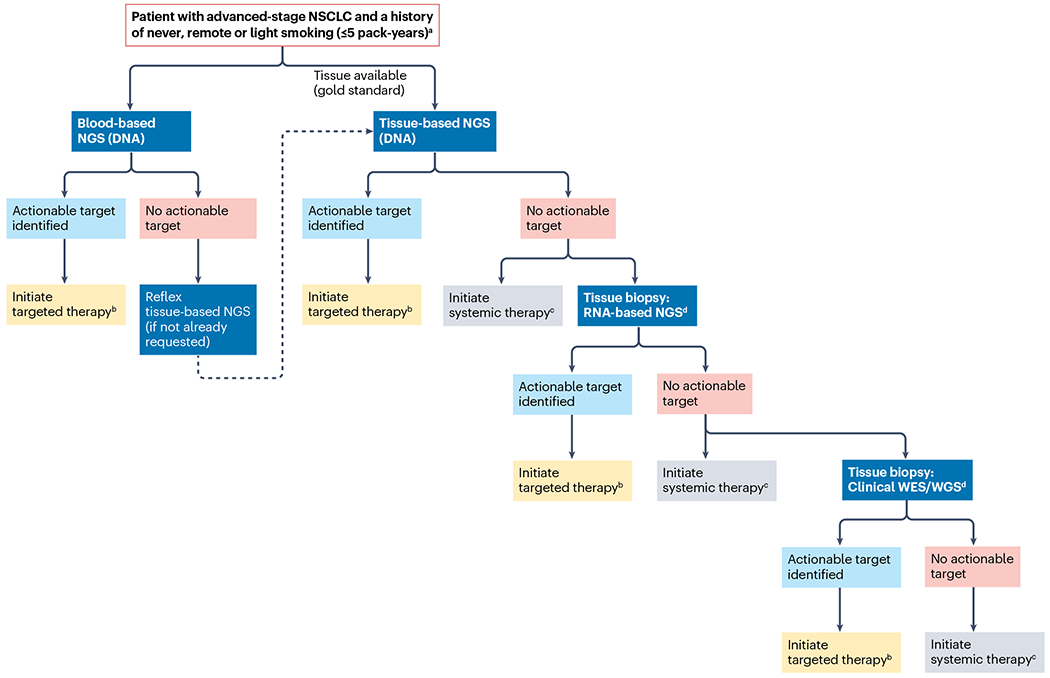Fig. 5 |. Molecular diagnostic algorithm for advanced-stage LCINS.

The algorithm outlines a sequential approach to evaluating the presence of targetable oncogenic driver alterations in lung cancers in individuals who have never smoked (LCINS) or who have a limited smoking history, which are almost exclusively non-small-cell lung cancer (NSCLC) of adenocarcinoma histology. The National Comprehensive Cancer Network (NCCN) Guidelines321 recommend that molecular analysis of advanced-stage NSCLC should include assays to identify actionable alterations in EGFR, KRAS, ALK, ROS1, RET, ERBB2 (also known as HER2), NTRK1–3, BRAF (V600E) and MET exon 14, for which FDA-approved targeted therapies are available. Emerging therapeutic biomarkers include high-level MET amplification, with the current NCCN Guidelines (version 5.2023) noting that thresholds constituting high-level MET amplification are evolving; when next-generation sequencing (NGS) is used, a MET copy number of ≥10 is consistent with high-level MET amplification and is associated with clinical benefit from MET tyrosine kinase inhibitors. Although NGS is the preferred analytical modality, molecular profiling is defined as broad testing that identifies all relevant clinically actionable biomarkers in either a single assay or a combination of a limited number of assays and, ideally, also identifies emerging biomarkers. WES, whole-exome sequencing; WGS, whole-genome sequencing. aSimultaneous blood-based and tissue-based NGS testing recommended, with ideal turnaround times of 7–10 days and 2–3 weeks, respectively. bIf a matched targeted therapy is not approved in the first-line setting, may consider clinical trials offering first-line targeted therapy versus standard-of-care treatment (for example, NCT05048797 for HER2-mutant NSCLC). cClinical decision-making should include consideration of clinicopathological variables such as smoking history, histology, PD-L1 positivity and tumour mutational burden, noting that the majority of LCINS are associated with poor response to immunotherapy. dIf available, to maximize detection of fusion proteins and emerging targets.
